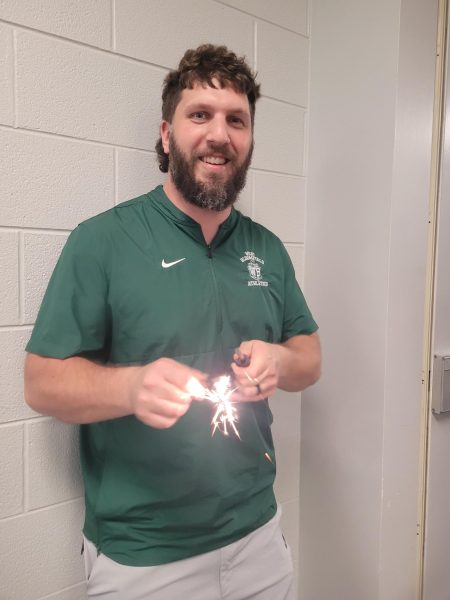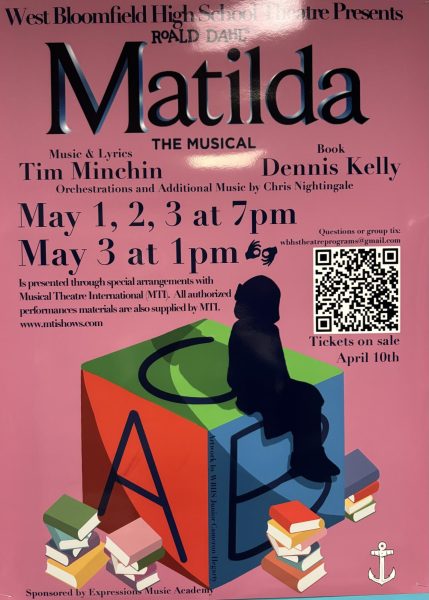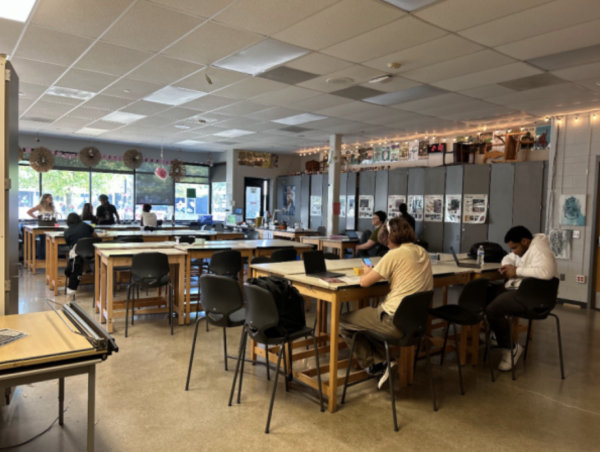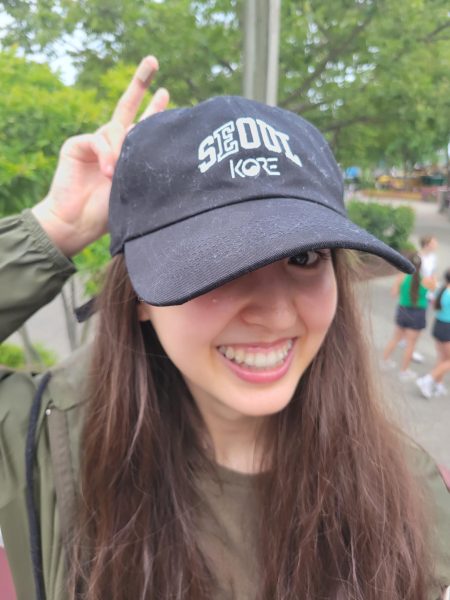The Oakland County Child Killer, Part Two: The Usual Suspects

The case of the Oakland County Child Killer quickly became one of the biggest and most complex investigations in American history. Investigators conducted several thousands of interviews and received roughly twenty-thousand tips.
Over the years, many suspects arose. Chris Busch was the son of a General Motors executive. He had been in police custody shortly before Timothy’s abduction on a count of child pornography. Three days after Timothy King’s disappearance, a witness called the police, claiming to have seen Busch at his cottage with three young boys. Busch had molested at least one boy at the cabin before the murders occurred. Despite the tip, police never acted. Three days later, King was found dead. Busch committed suicide in November of 1978, two years and nine months after the first killing. Police found many suspicious items in his apartment; a drawing of a boy closely resembling Mark Stebbins was pinned to the wall. The drawing depicted the boy screaming in agony.

His apartment was also littered with bloody ropes. After three decades, the authorities released all of the information on Busch that they had to Barry King, the father of Timothy King.
A few weeks following Timothy’s death, Dr. Bruce Danto, a psychiatrist, received a letter from a man calling himself “Allen.”

The man claimed to be a slave to his roommate, Frank, who he also claimed to be the Oakland County Child Killer. Allen explained that he had accompanied Frank on many road trips in search of young boys. He also confirmed that Frank drove a blue Gremlin, but he had “junked it in Ohio, never to be seen again.”
Allen explained Frank’s motive in the killings. He said that Frank had post-traumatic stress disorder from serving in the Vietnam War, where he was forced to kill children. This caused his desire to enact revenge on the wealthier citizens for sending him into war.
Allen instructed Dr. Danto to print the message “weather bureau says trees to bloom in three weeks” in that Sunday’s issue of the Free Press. This would confirm to Allen that Danto was willing to cooperate with him. After this was done, Allen went on to call Danto. Allen said that he would give over photographic evidence that Frank was the killer in exchange for immunity from prosecution. They agreed to meet at the ‘Pony Cart Bar.’ Dr. Danto went, accompanied by a policeman in disguise. Allen never showed up, and his identity remains a mystery to this day.
It is likely that Allen’s letter was a hoax. This theory is supported by the fact that he told Danto that Frank drove a blue Gremlin. In reality, the Gremlin found in the drugstore parking lot probably didn’t belong to the killer. Allen must have only told Danto that Frank drove one to be convincing.
For a while, it was theorized that John Wayne Gacy was involved in the killings. Gacy was a serial killer from Chicago who was at the peak of his murdering spree at the time. He is also rumored to have been in Michigan during the time the killings took place. A witness to Timothy King’s abduction claimed that two men were present. One of them matched Gacy’s description. However, in 2013, a DNA test proved that the now-late John Wayne Gacy did not partake in the Oakland County murders.
In 2012, the first concrete evidence linking two of the murders together was found. Back in 1977, police examined all of the victims’ bodies. They found small locks of hair on Mark Stebbins and Timothy King. The hair was tested and found to belong to the same person. In 2012, police found hair with matching DNA in the car seat of a 1966 Pontiac Bonneville. The car belonged to Archibald “Ed” Sloan, a man who was already a known suspect in the case. He is currently serving life in prison for sexual assault against two minors. Tests were done to see if the hair was his. The DNA came back negative.

Oakland County Chief Assistant Prosecutor Paul Walton explained why Sloan may still be possibly involved in the murders. “It doesn’t mean he didn’t do it. Whoever these hairs belong to is obviously a person of interest.” Walton is confident that the hairs are still a helpful hint. “Finding anyone… who turns out to be the donor of the hair may be the key to solving these two murders.”
However, examiners found hair from a different suspect on all four of the bodies. This successfully linked all four of the murders to the same potential killer. When tested, though, police discovered that the hair didn’t match any potential suspect. Instead, it matched the same white dog.

Additional hair was found on the blouse of Kristine Mihelich, the third victim. It was a mitochondrial match to a man named James Vincent Gunnels, who had been convicted for property crimes in the past. A mitochondrial match can only show that the hair either belongs to Gunnels or a male relative from his mother’s side of the family. Police took Gunnels into custody, where he attempted to cheat on a polygraph test and failed the second one. Despite this, he claimed that he had nothing to do with the thirty-five-year-old murders. “I’m not guilty. There it is there,” Gunnels told Local 4 News. He gave his condolences to the victims’ families. “My heart goes out to those families,” he said. “It really, really, really does. I don’t feel that they were served justice through any of this.”
Gunnels even decided to speak face-to-face with the victims’ families. Barry and Chris King, the respective father and brother of Tim King, accepted the offer. Unlike the other families, the Kings have been searching for the killer for decades. Chris King explained that he was initially nervous about the meeting. “When the request first came in, I was hesitant to go. I felt it would be too hard to be in the same room as a suspect in this case,” he said. However, he decided on going, in hopes that it would help to find the killer. “He might be able to shed some light on [the case],” Chris said. Chris was accompanied by his father, Barry King.
After the meeting, Barry King said that Gunnels’ story had a few flaws. “…it was contradicted by previous stories that he has told other people.” King did not specify as to what contradictory details were in the story.
Chris was also suspicious. “My questions for him were, you know… you tried to cheat on one polygraph exam and failed a second polygraph exam. So, if you had absolutely no involvement or knowledge of these crimes, why would you feel that you had to cheat in the first place and then why would you fail the second one? It doesn’t make sense.”
Further research led investigators to believe that the hair was an inconclusive match. Gunnels was subsequently released due to a lack of evidence.
However, the King family did not stop there. For over a decade, they have been investigating the case independently. Their research has led them to find many shocking revelations.
Next week, read about the Kings’ investigation that uncovered crucial information.
Your donation will support the student journalists of West Bloomfield High School. Your contribution will allow us to purchase equipment and cover our annual website hosting costs.
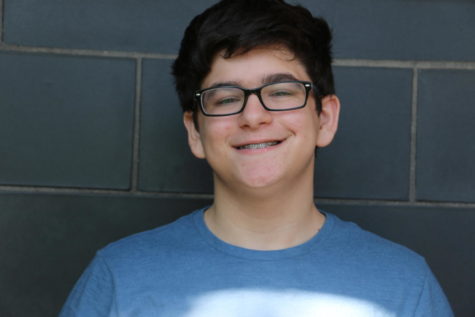
Eitan Shere is a sophomore at West Bloomfield High School. He enjoys drawing comic strips, and is eager to get some of his work onto the pages of the Spectrum...


